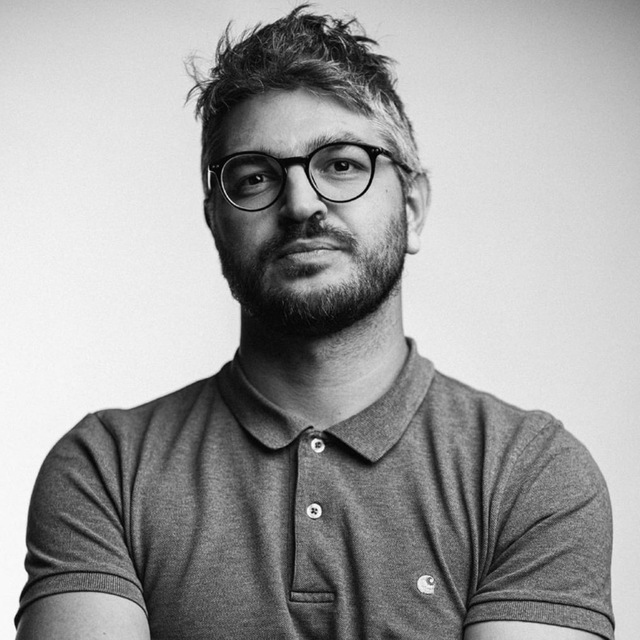Book Publishing under Fire – Osnovy, publishing books in Kyiv

Ukrainian Railroad Ladies: Svitlana Oleksivnia Yevstihnieieva, 24 years service
Kyiv-based Osnovy Publishing is nearly as old as modern, independent Ukraine. Now focusing on art and architecture, Osnovy has played an important part in the simple desire of a free people to read what they like rather than what the state compels them to read. So Osnovy’s books have covered DIY balconies, Ukrainian erotic photography and Soviet-era buildings. Greyscape is very pleased to sell Ukrainian Railroad Ladies an unexpectedly topical and poignant book, but let’s come back to that.
Notwithstanding the Russian invasion, Osnovy has not left Kyiv and hasn’t stopped and will not stop publishing books. Every book published is an act of resistance.

Greyscape had the chance to speak to Dana Pavlychko, daughter of one of the two founders of Osnovy, and now its owner
Tell us about book publishing in Ukraine
Ukraine is a small market so we began to publish in English to expand the appeal of the works. And among the first books we produced for the international market was Alex Bykov’s Soviet Modernism and Shana Nikforov’s Ukrainian Soviet Mosaics. Then Covid hit so it was a really tough two years and then the war followed. But the thing is, this has made us focus on what we really want to publish, architecture, photography. We are planning a re-launch in September with a book of ironic photography from the war and another on Ukrainian country houses.

Orthodox Chic, Stryzhlyka Zhytomyr region
How difficult is it to produce a physical book in Ukraine in the middle of the war?
It’s a team effort. Most of the team have remained in Kyiv. Covid taught us how to work together when everyone can’t be in the same room. Our new Creative Director has made some great changes in the process of how we go from idea to publication, it’s something involving the whole company. We all participate in that creative process, everyone, for example, our accountant because the accountant is a team member. Our strategy is to concentrate on exceptional, beautiful books.

‘We just got through one day at a time, adapted and found solutions’
After the invasion, March was a month of shock. Even our bank was inactive but after that it was, as far as possible, business as usual. Business has to function, wages must be paid, everything needed to run the business had to carry on. Little by little, we reorganised the work, the team, and our goals. We wanted everyone on board who was willing to work. Of course, for some people their priorities changed, they might have left the city, gone abroad, to take their children out of the immediate zone of danger. We just got through one day at a time, adapted and found solutions. Luckily, we have a united team. For us this is our front, where we are fighting because it’s important to be successful, for people to have jobs doing something they love. And then you deal with the tactical issues, which are very complex. You must find workarounds and yet be creative at the same time.

Orthodox Chic
And how hard has the war been on your people?
It continues to be tremendously hard on the team. People work under air raid sirens. It’s working while you have a gaping wound in your heart, even if you’re out, abroad, away from the fighting, it’s a tragedy, your heart is permanently broken. But we’re in a marathon and we must win, and we have to create products and ideas and tell stories for the world to be excited about and to support us and Ukraine.

Ukrainian Railroad Ladies: Halyna Vasytivna Zhanora 39, 21 years service
So that takes us to Ukrainian Railroad Ladies, the latest Osnovy book that we are carrying in the Greyscape shop
There’s a fascination with the railroad. It has a faded glamour, a bit like looking back to air travel in the ‘60s and there’s a fondness for the railway staff. But now we see these ordinary workers through the lens of war, a war in which the fact that they have continued to work tirelessly going into and places under attack and rescued countless thousands of innocent civilians, makes the photographs of these women, proud in their uniforms, more poignant and moving. The railway people are my heroes. They’ve done a phenomenal job and now we see these railroad ladies in a new light.

Orthodox Chic
How should we now view the built legacy of the communist era in Ukraine?
It’s a very complex topic. The people who had an appreciation of this architecture pre-war weren’t simply from the Russian-speaking Ukrainians but a sliver of the population, many of them Ukrainian-speaking, architecture buffs and urbanists. A lot of them are people involved in counterculture. But most people thought the buildings hideous. There were some hardcore patriots who thought these buildings were just symbols of the communist regime and that we should have no sympathy for them at all.
‘Many people are now questioning what should be done with all this heritage’
However, there are a lot of different kinds of art; there were monumental buildings with clear hammer and sickles. Then there are monumental buildings that were, actually, anti-regime, but the communists didn’t notice because the signs are really subtle. After the war began everyone became intensely patriotic. Russian speakers started speaking Ukrainian and the country is united. Many people are now questioning what should be done with all this heritage. It isn’t just the war destroying buildings, but it will be new developments. People want rid of the hammer and sickle and the government isn’t going to distinguish between the undoubted communistic buildings and those that tell another story. Right now, in the middle of a war, there’s no appetite to criticise the government for not protecting communist-era buildings with true architectural or artistic merit from the plans of developers.
Our takeaway at Greyscape is that we take for granted that we can read the books we want to on the subjects that interest us. This is one of the hallmarks of a society that believes in freedom and Dana and her dedicated team at Osnovy Publishing show a quiet determination to preserve this freedom.
Meet the Osnovy Team

Dana Pavlychko Owner

Dmytro Yarynych Creative Director

Helen Vorobiova CEO
Learn more about Osnovy Publishing House
Osnovy store in Kyiv 4B Lypynskoho street, Kyiv.
All images the Copyright of Osnovy Publishing ©
















